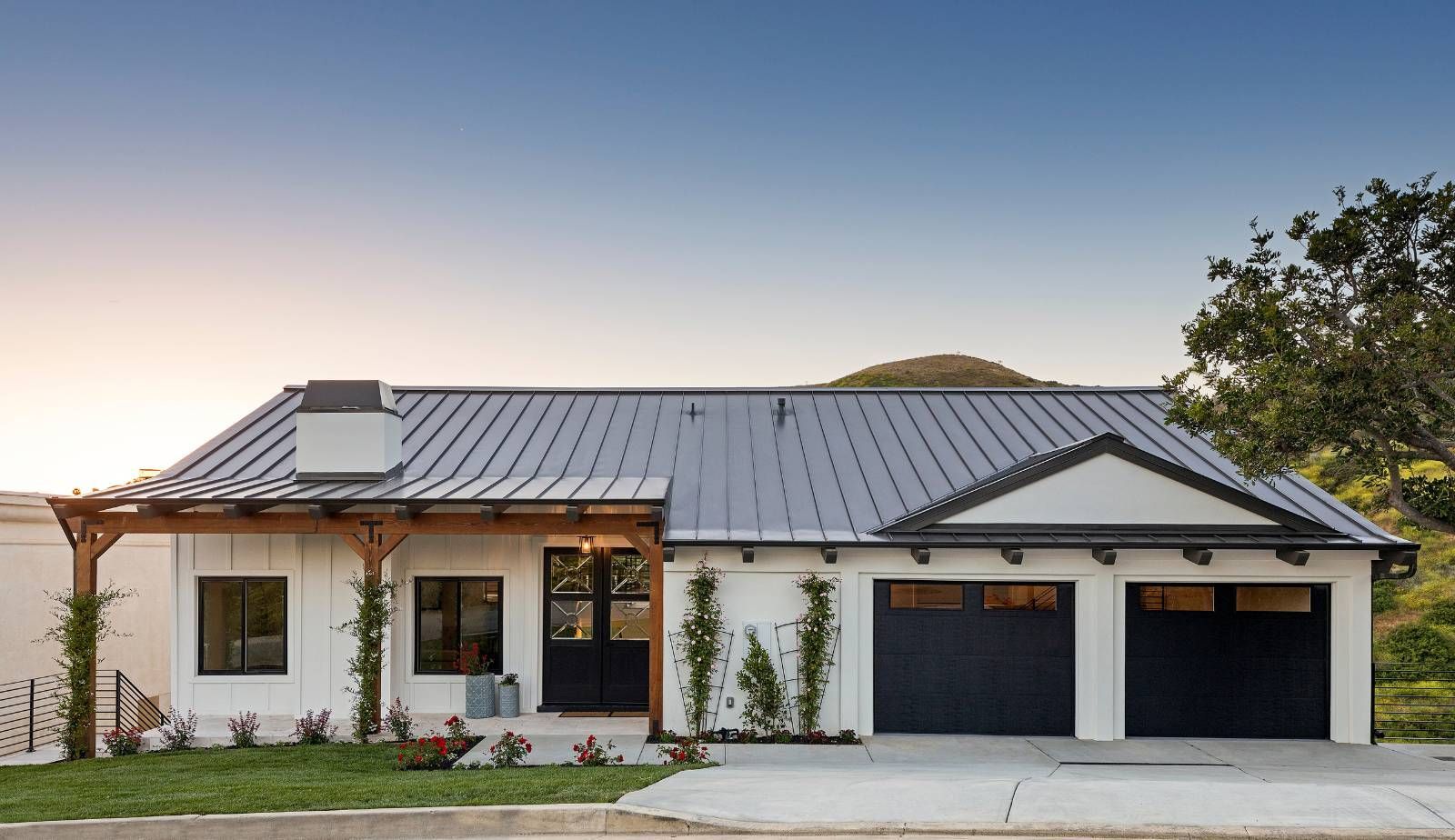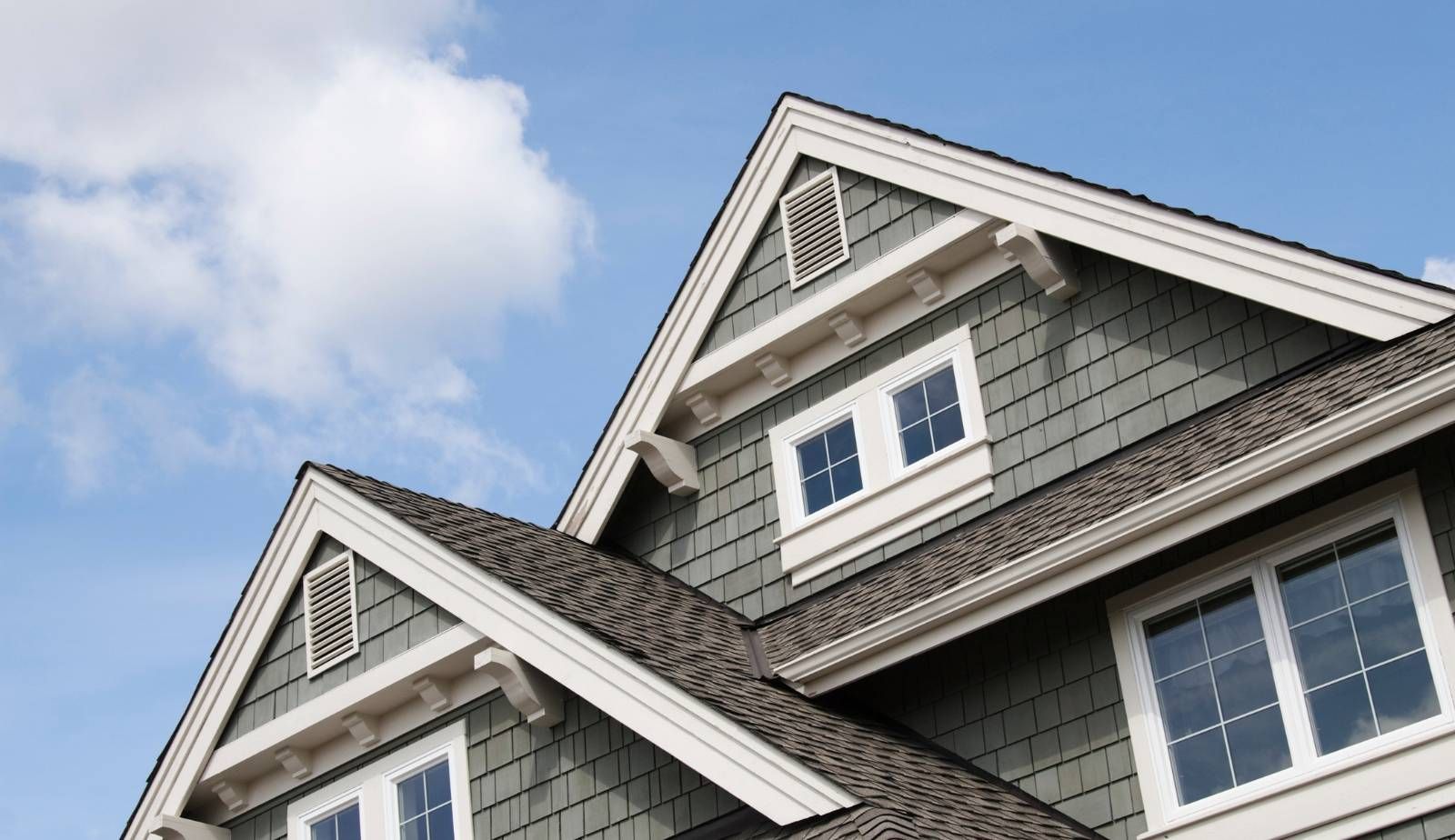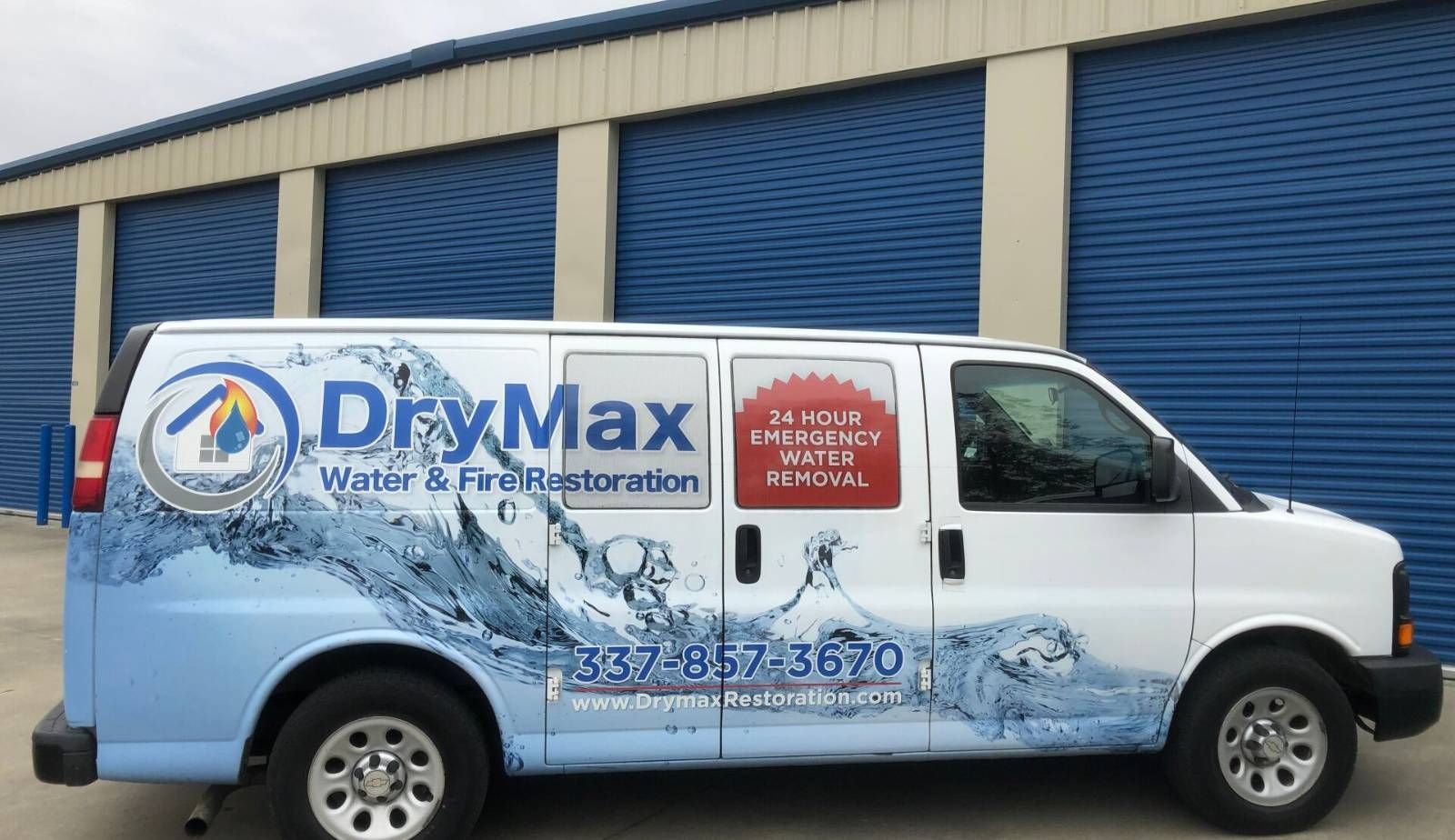Water Damage in Louisiana’s Slab Homes: Understanding Unique Risks and Drymax Solutions
Water damage poses significant risks for homeowners in Louisiana, particularly for those with slab foundations. Slab homes, while popular for their stability, face unique vulnerabilities to water intrusion that can go unnoticed until substantial damage occurs. The challenges arise from the moisture-rich environment of Louisiana, where heavy rainfall can lead to water accumulation under the slabs, causing hidden structural issues.
Homeowners may not realize that even minor leaks can result in major complications over time, including weakening of the foundation and damage to interior spaces. Signs of water damage may start as simple cracks in flooring or walls but can escalate into costly repairs if not addressed promptly. Knowing how to identify these initial warning signs is crucial for maintaining the integrity of a home built on a slab foundation.
Drymax offers effective solutions to tackle water intrusion concerns commonly faced in Louisiana. By focusing on preventative measures and the proper management of moisture levels, they help safeguard homes from the detrimental effects of water damage, ensuring a healthier living environment for residents.
Understanding Slab Foundations in Louisiana
In Louisiana, slab foundations are commonly used due to their cost-effectiveness and suitability for the region's climate. Understanding their construction and the challenges they face is crucial for homeowners.
How Slab Foundations Are Constructed
Concrete slab foundations consist of a thick concrete slab that is poured directly on the ground. The typical process includes excavating the site, laying a gravel base for drainage, and reinforcing the slab with steel rebar or wire mesh. Once the forms are set, concrete is poured and allowed to cure.
In Louisiana, it is essential to ensure that the slab is level and properly designed to handle geographic and climatic factors. Additionally, vapor barriers are often installed to reduce moisture intrusion from the ground. This construction practice aims to provide a stable base for the structure while addressing potential water issues.
Environmental Challenges for Concrete Slab Foundation
Louisiana’s unique environmental conditions can pose significant challenges for concrete slab foundations. The state has a high water table, frequent rainfall, and expansive clay soils that can shift. These conditions lead to potential water intrusion and soil movement.
Excess moisture can result in hydrostatic pressure beneath the slab, leading to cracks or heaving. Homeowners must be vigilant for early signs of water damage, such as cracks in floors or walls. Proper drainage systems and regular inspections are critical.
Comparison: Slab vs. Pier and Beam Foundations
When comparing slab foundations to pier and beam foundations, significant differences emerge. Slab foundations offer a solid, stable base directly on the ground, minimizing the risk of pests and providing ease of access.
In contrast, pier and beam foundations elevate the home, allowing for ventilation and reducing the risk of moisture issues. This elevation is particularly beneficial in flood-prone areas. However, pier and beam foundations can require more maintenance.
Ultimately, the choice between the two often depends on specific homeowner needs, local building codes, and environmental conditions in Louisiana. Each foundation type has its own advantages and disadvantages that should be carefully considered.
Unique Vulnerabilities of Slab Homes
Slab homes in Louisiana face unique challenges due to the state's environmental conditions. Understanding these vulnerabilities is crucial for homeowners to protect their properties from potential water damage and structural issues.
Water Intrusion Pathways
Water intrusion in slab homes often occurs through various pathways, especially in flood-prone areas. Cracks in the slab can develop over time, allowing moisture to seep in. Additionally, plumbing leaks beneath the slab can lead to significant problems. These leaks are often undetected initially, resulting in prolonged exposure to water, which can compromise the integrity of the foundation.
Furthermore, soil saturation can cause water to migrate toward the slab. If drainage systems are inadequate, water can pool around the foundation, increasing the risk of intrusion. Homeowners should regularly inspect their properties for cracks and employ proactive maintenance to mitigate these risks.
Foundation Damage Risks
The risk of foundation damage is significant with slab homes, particularly in regions with high humidity and heavy rainfall. Expansive clay soils in Louisiana can swell when wet, applying intense pressure against the foundation. This can lead to issues such as foundation upheaval or settling, which can cause structural damage.
Moreover, prolonged exposure to moisture can weaken the concrete slab. It may also result in mold growth, creating health hazards. Homeowners should remain vigilant about maintaining proper drainage and addressing any signs of foundation distress. Hiring professionals for foundation assessments can be beneficial in preventing severe damage.
Impact of High Humidity and Heavy Rainfall
Louisiana’s climate poses additional risks due to its high humidity and frequent heavy rainfall. These environmental challenges can exacerbate issues related to water intrusion. High humidity levels lead to increased moisture saturation in the air, which can affect building materials and promote mold growth.
Heavy rainfall can overwhelm drainage systems, allowing water to pool around the home. This prolonged saturation increases the likelihood of water entering through cracks or unsealed areas. Homeowners must be proactive in managing their landscape and ensuring gutters are clear and functioning properly. Implementing strategies to divert water away from the foundation is critical for long-term protection against water-related problems.
Warning Signs of Water Damage Beneath Slab Foundations
Homeowners should be vigilant about specific indicators of water damage affecting slab foundations. Recognizing these signs early can prevent costly repairs and maintain the property’s integrity. Below are critical warning signs to watch for.
Cracks in Walls and Floors
Cracks can appear in both walls and floors as a warning sign of water damage. Horizontal or diagonal cracks in walls may indicate that water accumulation is causing the foundation to shift. Similarly, cracks in the concrete slab can reveal that moisture is compromising structural stability.
These cracks may be small at first but can widen over time, leading to more severe issues. Homeowners should monitor the size and location of these fissures. If cracks exceed a quarter-inch in width or change suddenly, it may be time to investigate further.
Uneven and Sagging Floors
Uneven or sagging floors are another significant warning sign of potential water damage beneath slab foundations. This unevenness often occurs when excessive moisture causes the ground beneath the slab to erode or shift. Sagging can lead to increased stress on the foundation, resulting in further structural complications.
Homeowners may notice that certain areas of the floor feel uneven or that doors and windows become misaligned. Regularly checking the level of floors can help identify these changes early, allowing for timely intervention.
Mold and Mildew Presence
The presence of mold and mildew is a clear indication of moisture problems related to slab foundations. These fungi thrive in damp environments, making them a strong indicator that water may be pooling beneath the surface. Homeowners should be particularly cautious if they detect a musty odor or see mold growth on walls or floors.
Mold can pose serious health risks. If visible mold is found, quick action is essential to address the underlying moisture issue. Proper ventilation and moisture control can help mitigate these risks.
Structural Issues and Shifting
Structural issues, including shifting, can severely impact the stability of slab homes. If a homeowner notices unusual movement in floors or walls, it may be a sign that the foundation is settling unevenly due to water damage. Shifting can lead to significant stress on the entire structure, creating risks for the occupants.
Common signs of shifting include doors that stick, cracks in the exterior, and gaps around windows or doors. It's crucial for homeowners to conduct regular inspections of their property to catch these signs early and seek professional evaluation if symptoms persist.

Regional Impact: Flooding and Foundation Risks in Louisiana
Louisiana's unique geography and climate make it particularly susceptible to flooding and foundation issues. The interaction between hurricane season and storm surges intensifies these risks, impacting cities like New Orleans, Baton Rouge, and areas of Northshore, which face significant challenges regarding property value.
Effects of Hurricane Season and Storm Surges
Hurricane season, which runs from June to November, poses a critical threat to Louisiana homes. Storm surges can elevate water levels significantly, leading to increased flooding risk.
Homes built on slab foundations are especially vulnerable during such events, as floodwaters can quickly infiltrate, resulting in structural damage. Sump pumps and drainage systems are often insufficient when surges occur, necessitating proactive measures.
Homeowners must prepare for the potential of severe hurricane damage by ensuring that their properties are equipped to mitigate water intrusion effectively.
Flooding in New Orleans, Baton Rouge, and Northshore
New Orleans, Baton Rouge, and the Northshore region frequently experience heavy rainfall leading to significant flooding. In New Orleans, the city's low-lying topography exacerbates the issue, with water accumulating in streets and basements.
Baton Rouge faces challenges from stormwater management due to rapid urban development. The Northshore is not immune; localized heavy rains can lead to flash floods, which pose risks to slab homes.
Residents in these areas should remain vigilant, particularly during heavy rains, to prevent water from penetrating foundations and causing damage.
Long-Term Effects on Property Value
The prevalence of flooding and water damage can considerably influence property values in Louisiana. Homes with a history of water damage typically see a reduction in market value.
Additionally, potential buyers may hesitate to invest in homes located in high-risk areas, fearing future flooding incidents. Homeowners should consider obtaining flood insurance to protect their financial interests and maintain property value.
Regular assessments and upgrades to drainage and waterproofing systems can also enhance resilience against water intrusion and preserve property investments.
Hidden Hazards Associated With Water Damage
Water damage can lead to significant, often hidden hazards within slab homes. Understanding these risks is essential for homeowners to protect their properties and health.
Mold Growth and Health Risks
Mold thrives in damp environments, making homes with water damage particularly vulnerable. Common types of mold found in homes include black mold, cladosporium, and penicillium.
When moisture seeps into flooring or walls, it creates an ideal setting for mold spores to multiply.
The presence of mold can lead to various health issues, including respiratory problems, allergies, and weakened immune systems.
Regular inspections for signs of mold growth, such as musty odors or discoloration on walls, are crucial. Homeowners should address any leaks immediately and consider professional remediation if mold is discovered.
Termite Infestations and Wood Rot
Water damage can also promote termite infestations in homes with wooden structures. Termites are attracted to moisture, which softens wood and creates an inviting environment.
Wood rot occurs when excess moisture breaks down the structural integrity of wood, making it more susceptible to termite damage.
Signs of wood rot include soft, spongy areas in wood and a visibly decaying appearance. Homeowners should regularly inspect wood elements, especially after a water intrusion.
Implementing moisture control strategies, such as proper drainage and humidity management, can help mitigate these risks. If an infestation is suspected, professional pest control services should be contacted promptly.

Mitigation and Maintenance Strategies for Homeowners
Homeowners can take several proactive steps to protect their slab foundations from water damage. Implementing proper drainage solutions, maintaining regular inspections, and following maintenance guidelines are essential for ensuring foundation stability and preventing further damage.
Proper Drainage Solutions
Effective drainage is crucial for slab homes in Louisiana. Homeowners should ensure that gutters are clean and directing water away from the foundation. Downspouts should extend at least 5 to 10 feet from the house to prevent pooling near the slab.
- Grading: The yard should slope away from the foundation. This directs rainwater away and reduces the risk of water intrusion.
- French Drains: Installing French drains can help channel excess water away, especially in areas prone to flooding.
By following these drainage solutions, homeowners can significantly decrease the risk of water pooling around their homes.
Importance of Regular Inspections
Regular inspections are vital to catch potential water damage early. Homeowners should check for:
- Cracks in the slab and walls, which can indicate underlying issues.
- Signs of Moisture: Musty smells or visible mold can signal hidden water problems.
- Foundation Settlement: Monitoring the stability of the foundation can help identify when professional intervention is necessary.
Scheduling annual inspections can uncover issues before they escalate into costly repairs. It’s crucial for homeowners to stay vigilant.
Maintenance to Prevent Further Damage
Ongoing maintenance is essential for safeguarding a home's structural integrity. Simple actions can go a long way:
- Seal Cracks: Use appropriate sealants to fill any cracks in the foundation.
- Landscaping: Avoid planting trees or shrubs too close to the house to minimize root damage and reduce water absorption.
- Water Removal: After heavy rains, homeowners should ensure that any standing water is promptly removed from around the foundation.
By adhering to these maintenance tips, homeowners can significantly reduce the risk of water damage and maintain the stability of their slab foundations.
Effective Solutions: How Drymax Addresses Slab Foundation Water Damage
Drymax employs a range of tailored approaches to tackle water damage in slab foundations, emphasizing both immediate repairs and long-term preventive strategies. Their experience allows them to identify, repair, and reinforce vulnerable areas effectively.
Foundation Repair Techniques
Drymax utilizes advanced foundation repair techniques to address existing water damage. Their process begins with a thorough assessment of the foundation's condition, identifying cracks, settling, or other signs of structural issues.
Once evaluated, they may employ methods such as epoxy injection for cracks or underpinning to stabilize the foundation. Both techniques can restore structural integrity and prevent further damage.
Additionally, the team may install drainage systems to direct moisture away from the foundation, reducing the risk of future water intrusion. These proactive measures can significantly decrease the likelihood of mold growth and foundation erosion.
House Leveling and Structural Integrity
Another critical aspect of Drymax's approach is house leveling, which is essential for maintaining the structural integrity of slab homes. Over time, soil movement and erosion can cause uneven settling, leading to significant foundation issues.
Drymax's experts implement hydraulic jacking methods to lift and stabilize the home to its original position. This process ensures that the load is evenly distributed across the foundation, minimizing further risks of structural damage.
In conjunction, they assess and reinforce load-bearing walls and support systems, ensuring the entire structure remains cohesive and secure, essential for a long-lasting solution.
Personalized Prevention Plans
Recognizing that each home has unique vulnerabilities, Drymax develops personalized prevention plans tailored to individual homeowner needs. These plans often incorporate moisture barriers and landscaping adjustments to divert water away from the foundation.
Homeowners may also benefit from Drymax's recommendations on routine maintenance practices that can mitigate risks. For example, regular inspections can help catch issues before they escalate.
These proactive strategies, coupled with potential enrollment in the National Flood Insurance Program, provide homeowners with a comprehensive framework for safeguarding their properties against water damage.

Frequently Asked Questions
Homeowners often have specific concerns regarding moisture intrusion in slab foundations. Understanding detection methods, potential impacts, prevention strategies, and repair options is vital for maintaining structural integrity.
How can homeowners detect early signs of moisture intrusion in slab foundations?
Homeowners should be vigilant for signs such as damp spots on floors or walls. Cracks in the foundation can also indicate moisture issues. Rising water bills may suggest a hidden leak beneath the slab.
What are the potential consequences of water damage on a slab home's structural integrity?
Water damage can weaken the foundation, leading to structural shifting or settling. Long-term exposure may also result in mold growth, posing health risks to residents. In severe cases, this can compromise the overall stability of the home.
What steps can be taken to prevent water damage in homes with slab foundations?
Regular maintenance checks can help identify leaks early. Ensuring proper drainage away from the home is crucial. Installing sump pumps or utilizing dehumidifiers can also mitigate moisture buildup.
Are there any specific landscaping techniques recommended for reducing flood risk to slab homes?
Creating swales or rain gardens can effectively redirect water away from the foundation. Using native plants with deep root systems can help absorb excess moisture. Maintaining a graded slope away from the house further aids in flood prevention.
What are the recommended repair methods for slab foundation water damage?
Repair methods depend on the extent of the damage. Minor leaks may be fixed by sealing cracks or using epoxy injections. More significant issues might require foundation underpinning or slab replacement.
How does Drymax technology help in protecting slab homes from water intrusion?
Drymax technology utilizes advanced materials and methods to create a moisture barrier under the slab. This approach minimizes the risk of water intrusion and enhances the durability of the foundation. Homeowners can benefit from reduced maintenance costs and improved indoor air quality.
You might also like
DryMax Restoration Blogs




